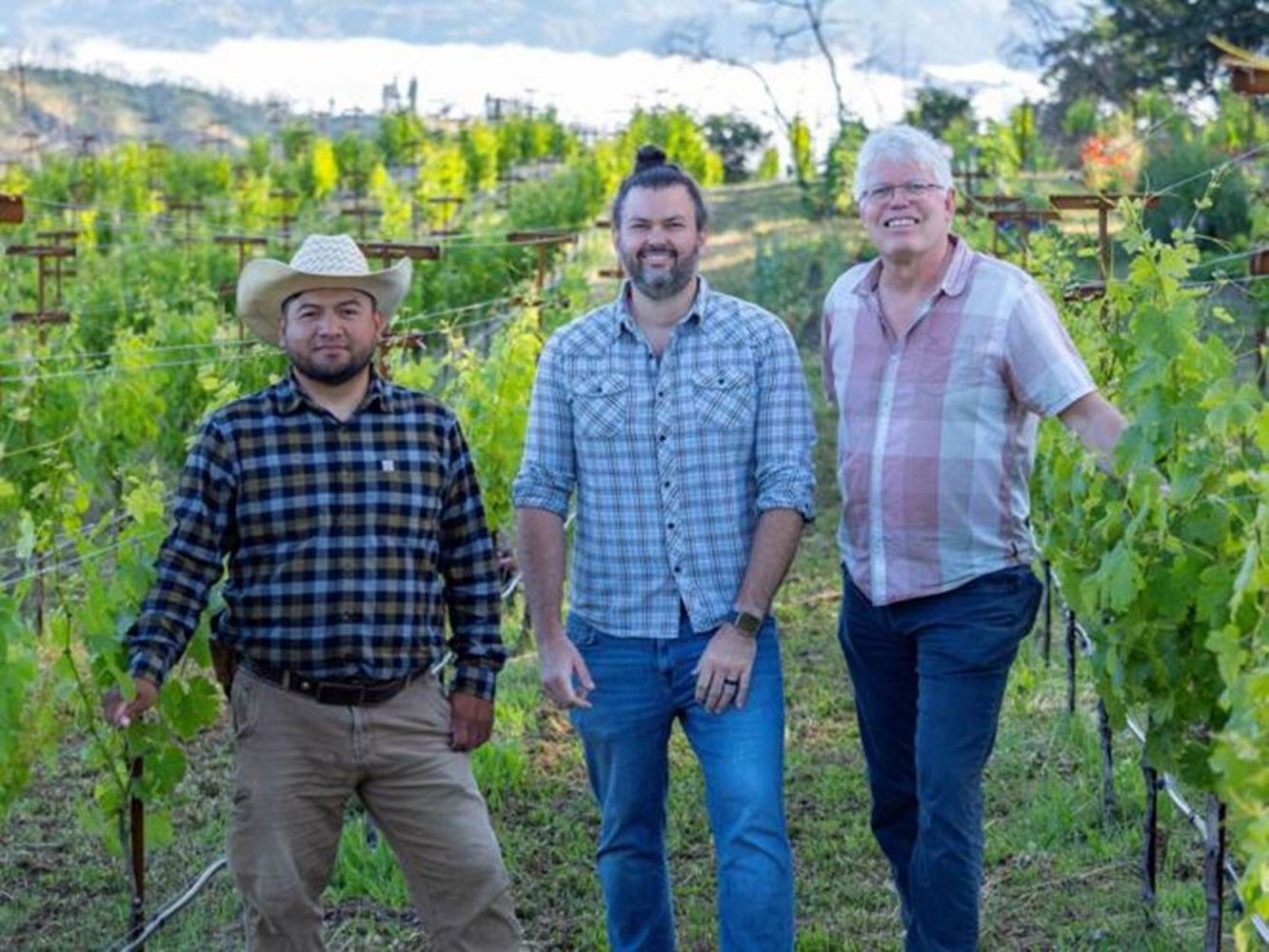Originally published in the St. Helena Star
When was your winery founded?
“1990.”
Why did you choose to be in the Spring Mountain District American Viticultural Area (AVA)?
“Our property was the most interesting ranch found during our search in 1989 and it just so happened to be in the Spring Mountain District AVA (though it was not called that in 1990).”
Who is owner? Who is winemaker? Who is vineyard manager?
“The winery and 235 acres of lands are owned by me and Suzanne Pride Bryan. I live on the property with my wife Laurence and am CEO, directing all aspects of the farming and working closely with the winemaker on winemaking issues. The winemaker is Matt Ward. Our vineyard manager is Jose Castro, who also lives on the property with his wife Maria.”
How many acres do you farm in the Spring Mountain District AVA? How does that break down into types of varietals/acre?
“We have 85 acres of vines on the property, of which 35 are in the Spring Mountain District AVA. The Napa-Sonoma county line runs through our property and Spring Mountain District resides entirely in Napa County.”
Do you farm sustainably/organically/biodynamically?
“Sustainably. Making our environment and vineyards as healthy as possible is our top priority at Pride Mountain Vineyards.”
Please describe your vineyards: soil; exposure; narrow spacing; type of trellising; irrigation/dry-farmed, etc.
“There are six different USDA-mapped soil types across our 85 acres of vines, which derive from both Sonoma Volcanic and Franciscan source rocks. All of our vineyards reside between 1,900 and 2,200 feet elevation with most having a southerly exposure, which results in our vines having about 25% more UV-light exposure compared to a typical valley-floor vineyard. Due to our warm evenings and cool afternoons, our clusters retain acidity with a typical red wine having pH 3.7. We use vertical shoot positioning and a combination of both spur-pruned and cane-pruned trellising. All of our vineyards are 100% irrigated from our three ponds that collect winter runoff that would have otherwise flowed to the ocean. No groundwater is used on the vines.”
Wineries today try to differentiate the visitor experience. What’s unique about visiting your winery/tasting room?
“We put a lot of time and thought into the guest experience. Each small group of guests is assigned a host who accompanies them for their entire visit. We stage our wine tastings throughout our caves and terraces so that each tasting involves a visit of the grounds along with the tasting. Our goal is to be as welcoming, friendly and fun with each guest as we can possibly be, while listening carefully to each guest’s interests and educating about wines and vines to a level that matches those interests. No two tastings are ever the same.”
What might surprise people to learn about you/your winery/your operation?
“We have been farming our grapes and making and selling wine for 33 years, during which time we have had one CEO, two CFOs, three winemakers, two vineyard managers, one tasting room director, one business director and two shipping managers. So turnover of staff is quite infrequent. If you have not visited our winery in a long time, it is guaranteed that you will see a familiar face the next time that you visit.”
What is special about the Spring Mountain District AVA, in your opinion? Is it misunderstood? What do you wish visitors knew about it which perhaps they don’t?
“It extends from just above the valley floor to the very crest of the Mayacamas and has a huge range of microclimates, soils and exposures, making it one of the most viticulturally diverse appellations in the world.”
What’s your favorite place in St. Helena to eat, drink or relax?
“We love all of the St. Helena restaurants but likely frequent Market more than any other. In addition to the great food and comfortable environment at Market, we enjoy catching a movie afterwards across the street at the Cameo Cinema!”
Learn more about Pride Mountain Vineyards here
(This is the latest in a series of Q&A articles highlighting winemakers and grapegrowers in the St. Helena area.)

